What’s the ideal conversion rate that you’d like to achieve?
If you aim for the average conversion rates for eCommerce sites, you would be happy with 2.86%. But most website owners want their projects to achieve higher-than-average results. The top sites in the industry achieve rates higher than 5%.
We focus a bit too much on getting website traffic, without paying attention to the goals we achieve with that traffic. It’s time for us to change that. It’s time for every WordPress site to have its detailed conversion strategy.
These are the methods that definitely work:
- Shorten the checkout funnel
- Clarify the benefits
- Make various payment methods available
- Design an RFP (Request for Proposal)
- Suggest related products and offer assistance
5 Tips that Work: How to Increase Conversion Rate

- Shorten the Checkout Funnel
The checkout funnel is an important aspect of the conversion funnel.
Allow me to explain.
Neil Patel has a nice definition of a conversion funnel: It’s “the path that a prospect takes through your site that ultimately results in a conversion. Because the amount of traffic (visitors) your website gets will likely be larger, with prospects dropping off at various points in that path, those that do convert will be a smaller percentage of the original group – thus the funnel shape.”
Now, the checkout process is the last part of the conversion funnel. It encompasses these steps:
- Visiting the product page
- Putting the product in the shopping cart
- Completing the transaction
This process has to be as simple and as fast as possible for your leads. These are the things you can do:
- Keep the sizing as clear as possible. If you’re selling clothes or shoes, provide a clear chart that clarifies the international sizing standards. This is important, so your visitors won’t have to contact the support or turn to Google to find out what their size is.
- The layout of the checkout page should be very simple, and it should only request the necessary information. If the customer doesn’t want to share a phone number, it’s okay.
- Do not redirect the users to another site that processes the payment. You should provide a secure ordering system through your own website.
- Offer various payment options for the utmost convenience. We’ll talk about that a bit more in the third tip below.
If you still haven’t decided on a theme for your WordPress site, you should choose one that gives you good checkout design. Here are a few options:
- Bazar Shop
- Memento
- Flatsome
Memento, in particular, offers a very effective checkout procedure.
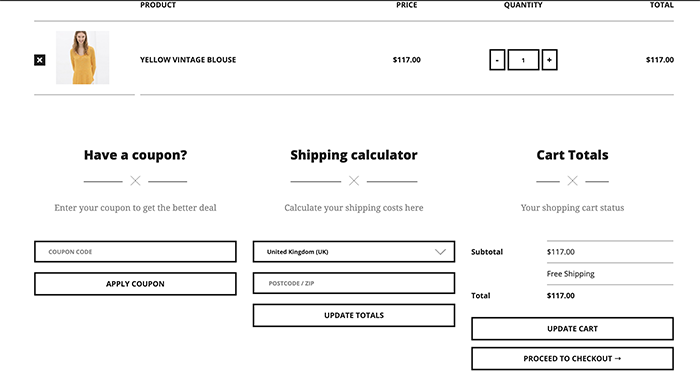
- Make the Benefits Clear
Bulleted lists of product features have become a golden standard on eCommerce sites.
But providing a list with random features is not enough. For successful lead conversion, you should answer the visitor’s main question: “How will I benefit from these features?”
This is how a good product description looks like:
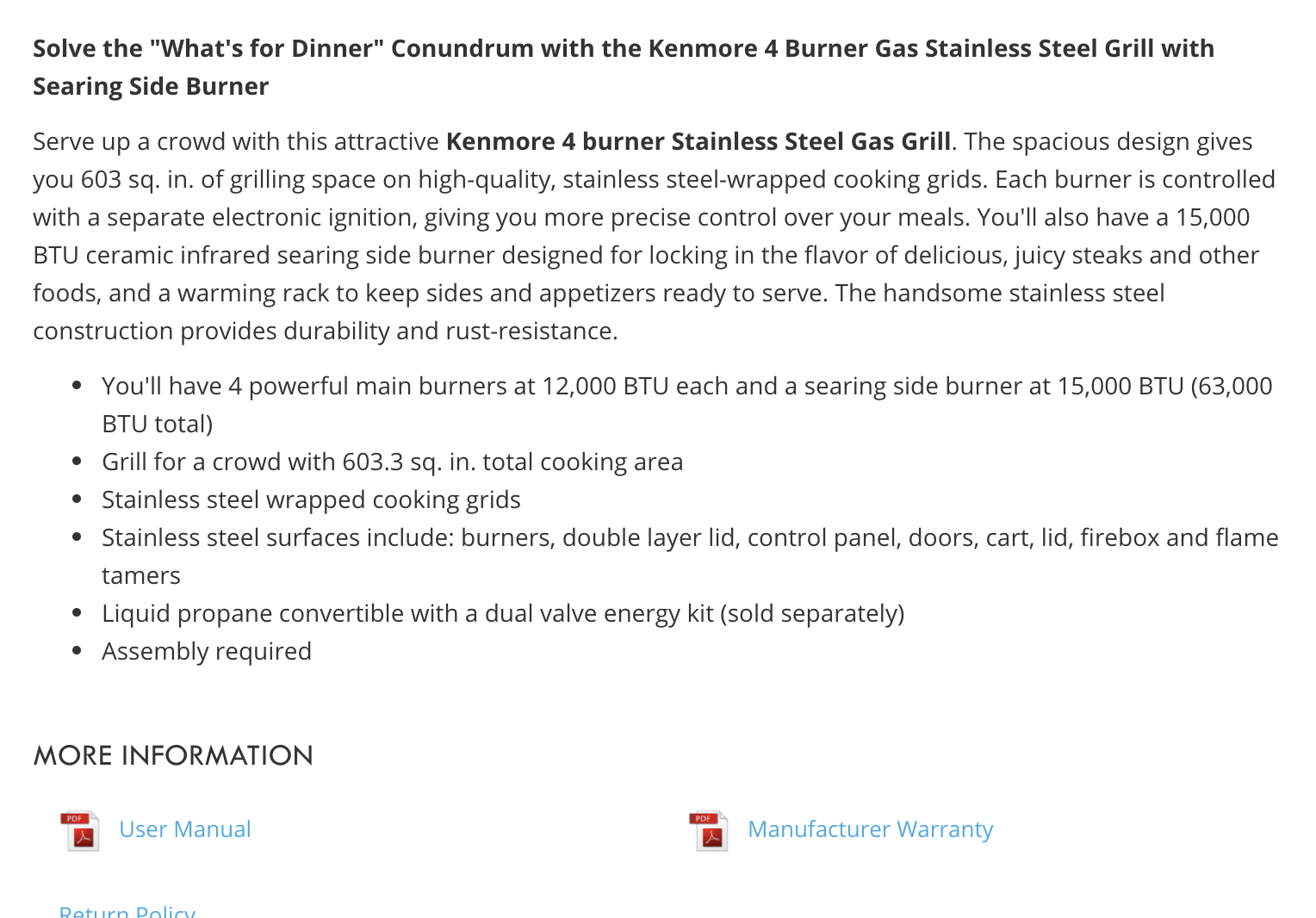
- Offer Several Payment Options
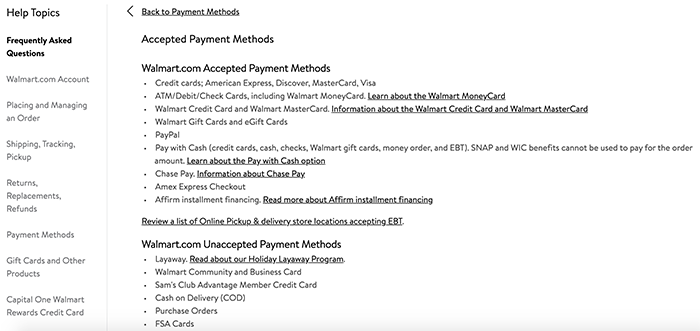
Stripe is a great solution for accepting credit card payments on a WordPress site. Once you have a Stripe account, you can use a plugin like MemberPress, WPForms Pro, and WP Simple Pay Pro to enable additional payment methods on your site.
Stripe also tells you how to add simple code, so your site will run its features in a matter of minutes.
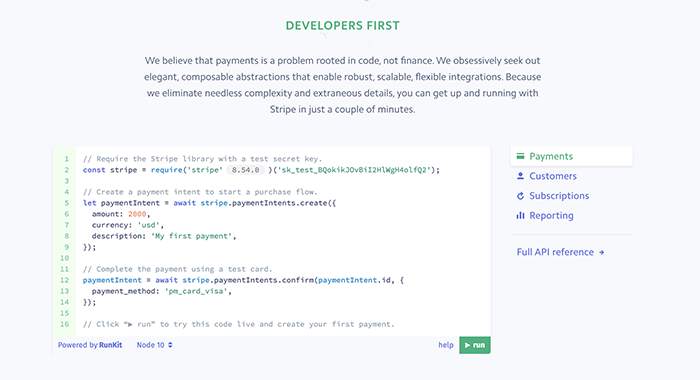
- Add an RFP
According to the definition on Investopedia, an RFP (Request for Proposal) is “a business document that announces and provides details about a project, as well as solicits bids from contractors who will help complete the project.”
This works well for online tutoring and various B2B services. Freelancers, who offer their services through their private websites, will also benefit from this method. However, the RFP also works for eCommerce sites that sell unique pieces of art, jewelry, or antique items.
You invite your prospect to place a formal bid and compete with other prospects to land the deal. Here’s how to make the proposal perfect:
- The RFP has to be straightforward. You will ask only for the most relevant info, such as the name, email address, and type of service they would want to get. Of course; you’ll also ask them to name their bid.
- Be specific on the expected outcome from the service.
- Enable the bidders to contact you, and always answer the messages.
- You don’t have to publish the final decision. But it’s fair to send everyone a message to thank them for their bids and clarify that someone else won.
- Offer Assistance and Related Products
What if a visitor loves a dress on your site, but the product is not available in their size? Will you let them bounce off?
To improve the conversion rates, you should offer a product that’s similar in shape, color, and possibly brand. A list of alternative products is useful even if the visitor buys the one they are looking at. They might like it so much that they will want similar options, too.
ASOS is very successful in offering alternatives:
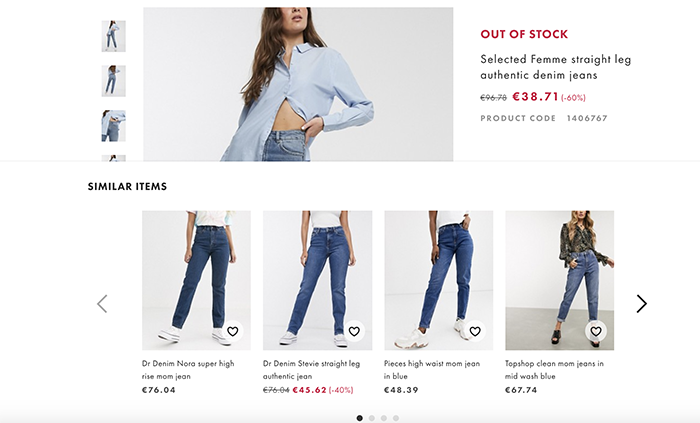
In addition to a list of alternatives, you should also offer a great support system. Maybe the visitor wants this particular item and they don’t want to settle for anything else. They should be able to contact the support, so they can ask if the company will restock anytime soon.
The live chat is becoming the golden standard in eCommerce customer support. It’s convenient, instant, and always available. It’s much better than calling the service by phone or waiting for an email response.
Help Scout and Zendesk are great plugins that let you integrate live support in your WordPress site.
Don’t Forget to Track the Conversions

The above-listed tips are not difficult to implement into practice.
You got only five methods that you can start working on without delays.
But be careful; you don’t want to make too many changes at a time. If, for example, you change the descriptions, you offer multiple payment methods, and you improve the customer support all at once, how will you know what factor led to improved conversions?
You can start with the simplest strategy, such as the one for including multiple payment options. You can bring that one to life in a day. Watch the analytics, so you’ll see how this simple change affects the conversions. Then, plan to follow up with the remaining steps.
This is the most important lesson to learn: you should never get disappointed if your eCommerce site doesn’t sell well. You can always make some improvements that would lead to more conversions. That’s the beauty of owning an online store: the journey to making it more successful never ends.


